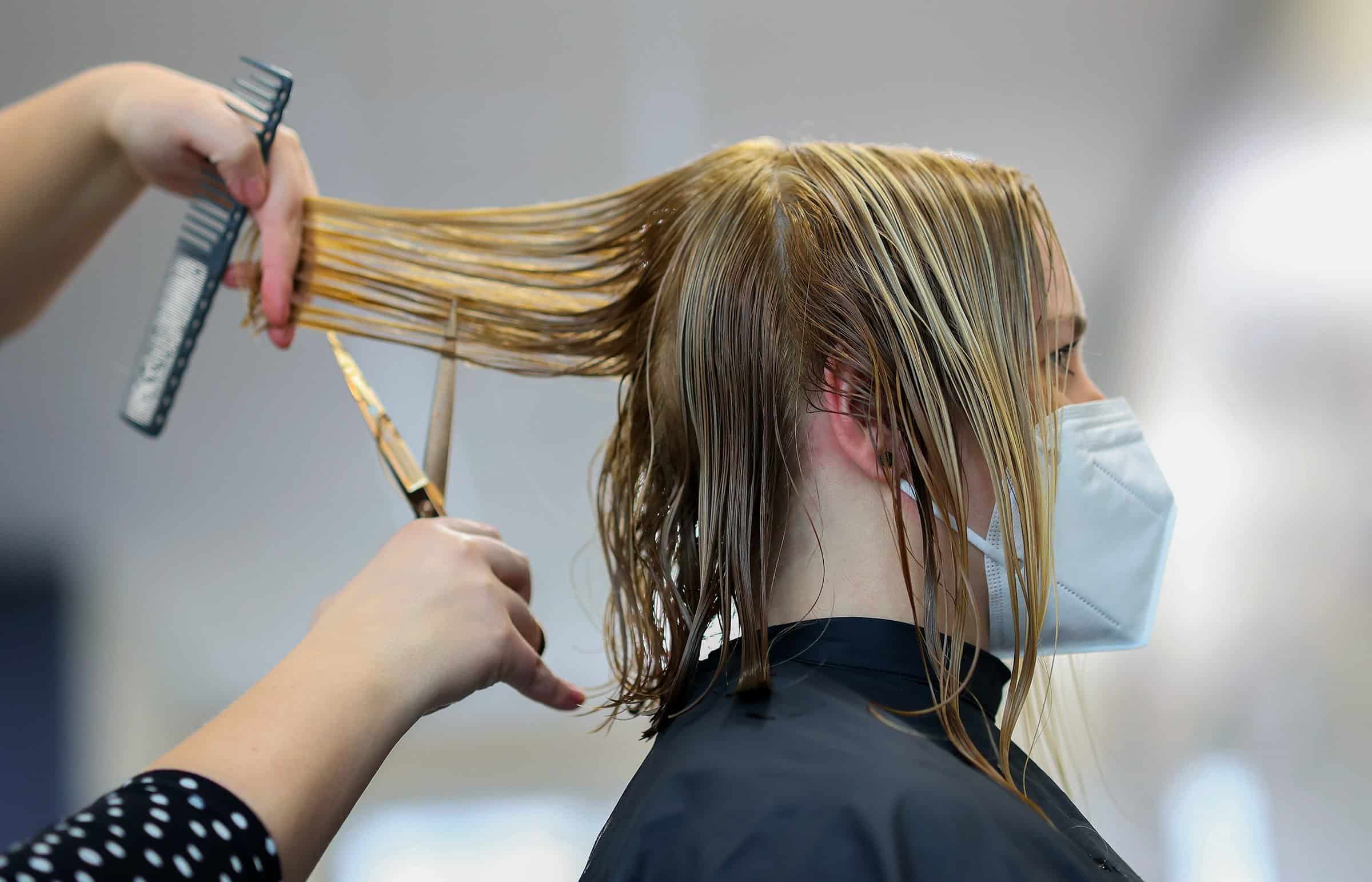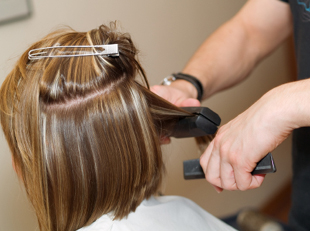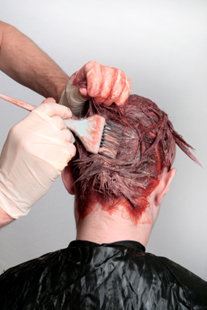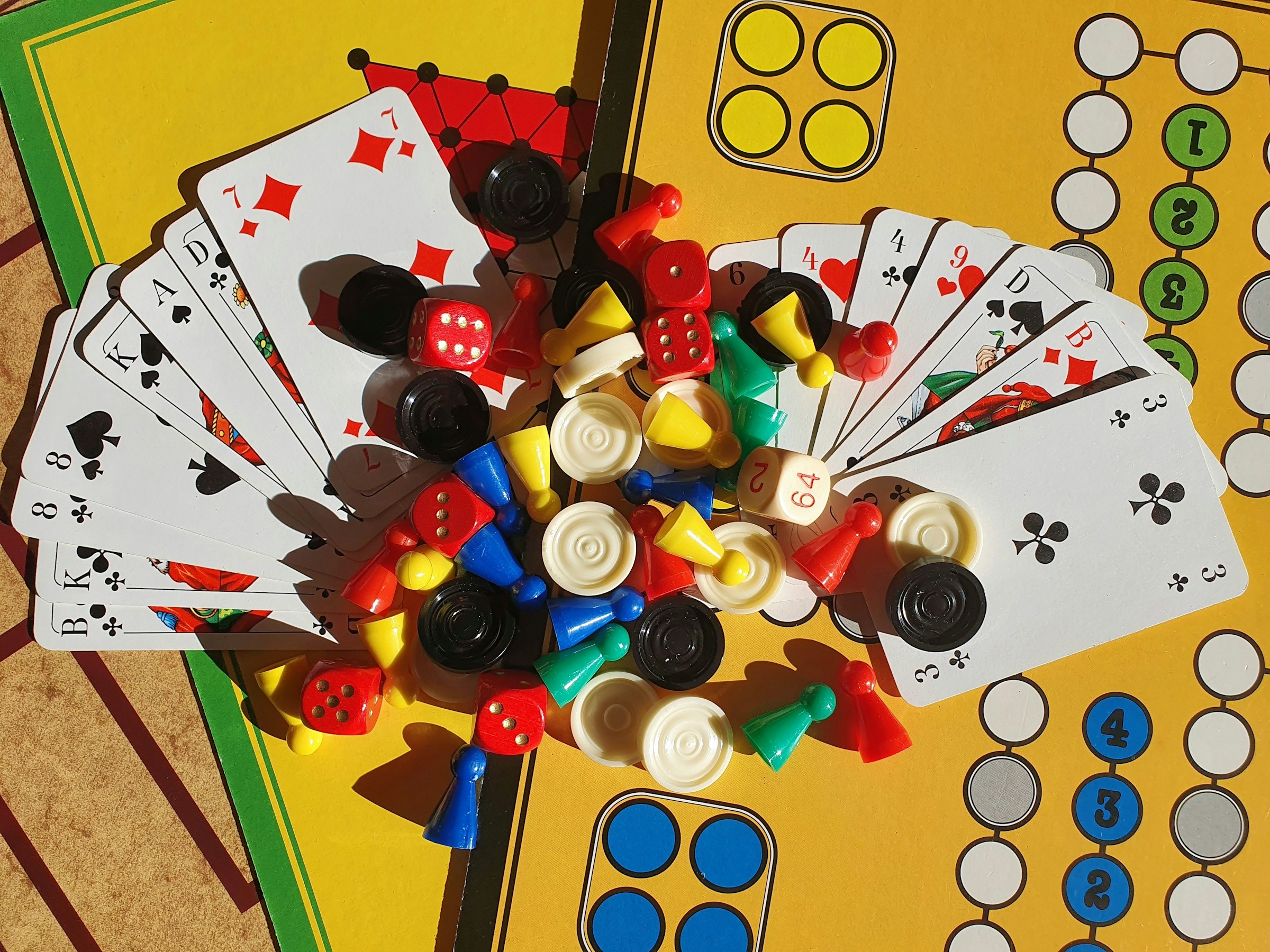Hairdressers and beauticians have always needed to have a good artistic sense of shape, colour and symmetry. With the introduction of new chemical products in the 20th century, they now also need to be confident with basic chemistry and maths. Many hairdressers are small business owners and use skills from GCSE maths to calculate VAT, pay their staff correctly or take out a loan. What not many people realise is that there is also maths involved in the actual process of cutting hair, as well as the commercial side of hairdressing.
Slice It Up
Instead of dealing with the whole complicated shape of the head, with hair sticking out radially, hairdressers treat the problem like a mathematician and break it up into smaller pieces. After dividing the round surface of the head into smaller areas, each section is now roughly flat, with the hair growing perpendicular to the scalp.
Hairdressers pull a section of hair out straight when cutting it, so that they can see what they are doing. But when they let go, gravity pulls the hair back down. What was a straight line when pulled upwards may be staggered when dropped. So instructions for hairdressing include the angle – known as the ‘elevation’ – that the hair must be held out at, relative to the head.
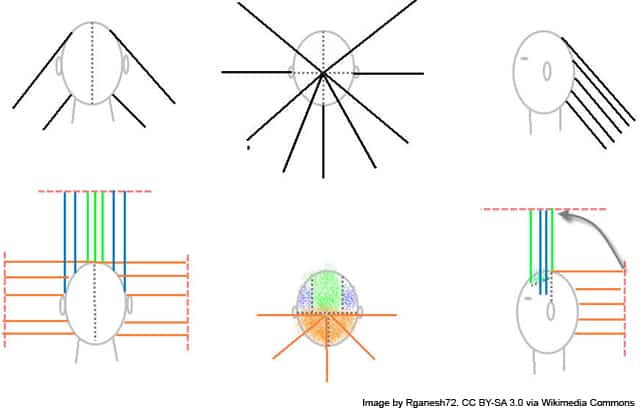
Sliding Elevation
The angle of the cut across a section of hair is also important. This is described by stylists as, simply, ‘the angle’, and is the angle that the scissors make with the line of the floor. You can see hairdressers need to be good at estimating angles. For example, a classic bob style needs a horizontal cutting angle with the hair at zero degrees of elevation. This gives a blunt result. For a more layered hairstyle, the hair is held at 180 degrees of elevation and cut at an angle of more than 45 degrees. Every style and cut around is produced by varying the way angles and elevation are used at different points on the head.
Colouring In
So, once you’ve got the style, how about a little colour? Dyeing hair requires some chemistry and a confident understanding of ratios and percentages. If something goes wrong, your client could end up with severe embarrassment – or worse. Permanent hair dye consists of a developer (usually hydrogen peroxide) and a colour, or tint, containing an alkali (usually ammonia).
Hairdressers classify hair as one of 10 levels, where one is black and 10 is platinum blonde. To change to a lighter colour, you need to find the difference between the current hair colour (say, three, dark brown) and the desired hair colour (perhaps six, dark blonde). This tells you how big a change you are going for (in this case, three levels). The bigger the difference, the higher the concentration of peroxide developer required. For three levels of difference, hairdressers use ‘30 volume’ developer – so named because it releases 30 times its own volume in oxygen when it reacts. If there are only one or two levels difference, ‘20 volume’ is your friend. This only releases 20 times its own volume in oxygen!
Hair dye is usually mixed in a 1:1 ratio of tint to developer, but more developer may be needed for a lighter colour. Be warned: the massive volume increases that hydrogen peroxide is capable of means that hair dye can explode if not stored properly!
These are just some of the aspects of hairdressing that make GCSEs in maths and chemistry really useful. Some of the things you’re learning now will help you create amazing styles to make you, and your clients, proud.
Featured Image by by Süheyl Burak on Unsplash


